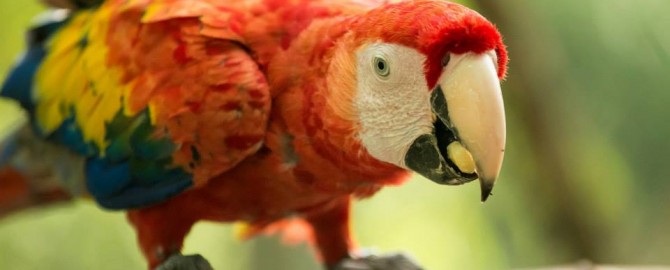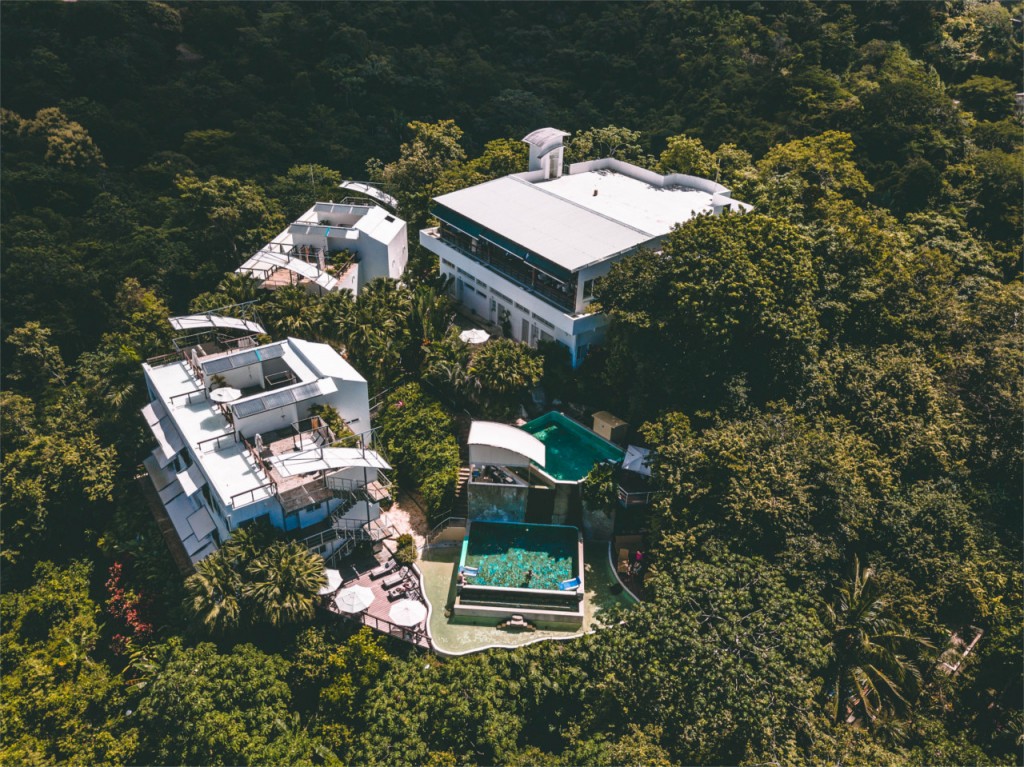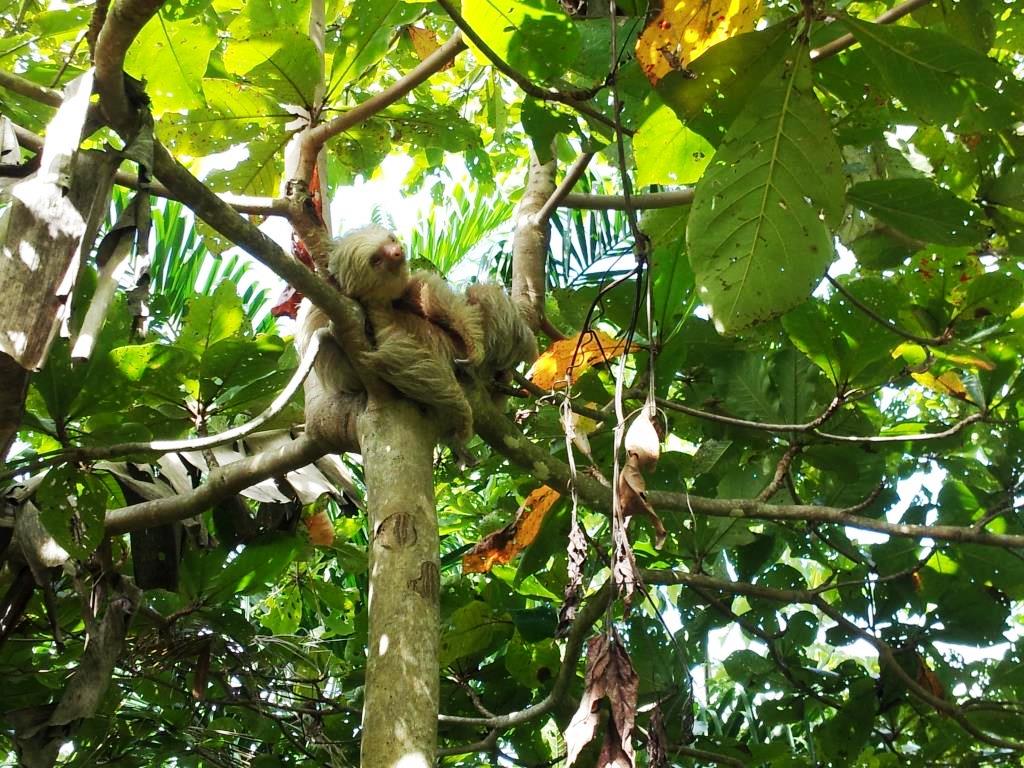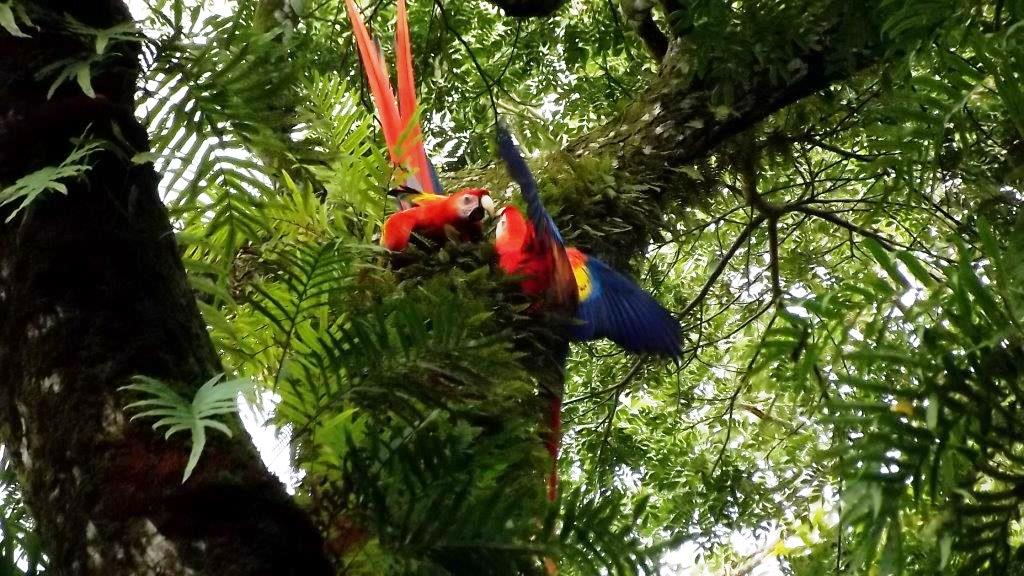A property nestled into the tropical Jungle
GAIA’s owns its private piece of tropical Jungle – the properties Nature Reserve was originally the Gaia Garden, a center for the conservation and rehabilitation of endangered wildlife. It is still available as a haven for these precious species. This is where our privileged guests can enjoy the beautiful and exuberant nature of Costa Rica. It is where different species have a secure future thanks to Gaia Hotel and Reserve for their commitment in preserving this natural reserve for generations to come.
Ready to take a stroll in the lush garden of GAIA
As a special treat for our guests, we invite you to a guided tour of the Nature Reserve with a wonderful view point. The tour is guided by a professional tour guide from Tuesday to Sunday at 3:30 PM for an hour and a half, take in the insights and sounds of Costa Rica lush and exotic natural gifts.
The diversity of our fellow wildlife friends:
Sloths
We have two kinds of sloth in Manuel Antonio, the two-toed and the three-toed. Of these, the three-toed sloths are considerably more slothful. It hangs upside down from a branch suspended by hook-like claws at the ends of its long bony arms. They love leaves and hibiscus flowers. Be aware that they only come down from a tree approximately once a week to some important business which is a very delicate moment. Please never use flash when taking pictures and keep distance to wildlife.
White face monkeys
Native to the jungles of Central America the white faced capuchin is one of the most well-known monkeys. They are one of the most intelligent monkeys in the world and play a vital role in the eco-system, as the white faced capuchin is one of the most effective dispersers of plant and fruit seeds throughout the jungle.
Macaws
A large, red, yellow and blue parrot - native to humid evergreen forests of tropical Central & South America. It has suffered from local extinction through habitat destruction and capture for the parrot trade. You can now visit the Red Scarlet Macaw´s thanks to the reintroduction program GAIA put into place since 2013 with the help and support of the local community and local institutions.
Squirrel monkeys
These little fellows have a slender build with a short greyish dense coat. The squirrel monkey has a tail that often curls over its shoulder when it is resting. They have been called ‘small, nervous primates’ as they are the smallest of the primate family and are very playful. They do live in trees and usually travel in troops of up to 30 members that tend to break up and rejoin. At GAIA you will often see them jumping through the rainforest in front of the pool area or have them visit and play in the patio of our studio rooms.
Iguanas
Iguanas are large, ancient, herbivorous lizards with a stocky trunk, long, slender tail, scaly skin, and a single row of spines from the nape of the neck to the tip of the tail. You will see them often going up from the parking lot to GAIA mountain taking in some sun on the rocks or climbing up the trees.
Wildlife Animals In Costa Rica
Did you know that in Costa Rica no wildlife animal by law is allowed to be kept in a cage? Only unless it comes from a wildlife management site that has been legally established for wildlife reproduction with the goals of wildlife conservation, reintroduction or commerce. We highly encourage you to take in the beauty of wildlife and help us by not feeding them, taking pictures without flash and keeping distance for them not to get used to human influence.
Reintroduction Program of the Red Scarlet Macaws at GAIA Hotel & Reserve
On November 14th, 2013 GAIA Hotel & Reserve welcomed its new tenants – 5 Scarlet Macaws, the first step of the reintroduction of these incredible birds to the Central Pacific Coast of Costa Rica. Over 40 years ago, poaching and corporate expansion de-populated this area of the Scarlet Macaws.
Since then 40 birds have successfully been released! During your stay with us you will see them flying high in the skies – especially at the entrance of the property where feeding plates are placed in the trees to help the birds get their nutrition until they learn how to find them on their own in the tropical wild of the Costa Rican Rainforest.









